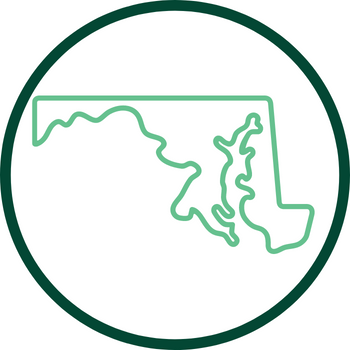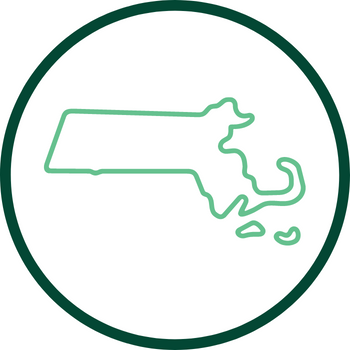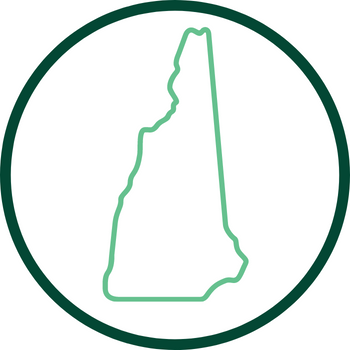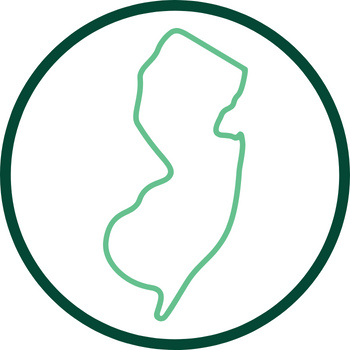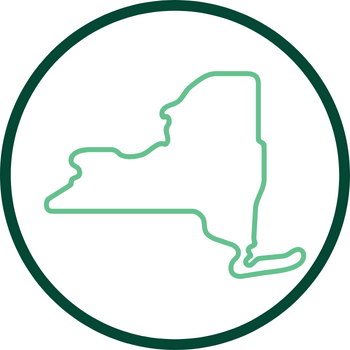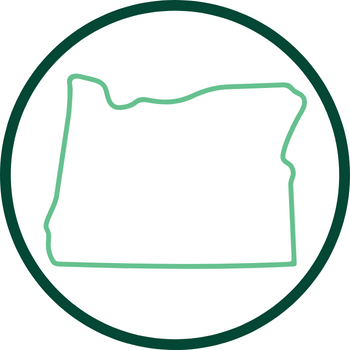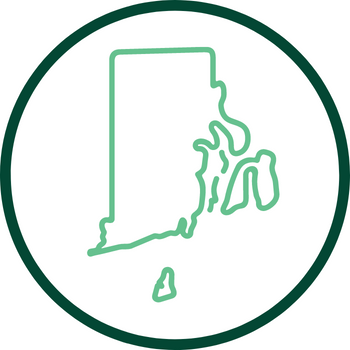Leave Options at the State & Local Level
There are also some state and local programs that may be able to provide some income for caregivers. For example, Maine and Nevada also have paid leave laws that require employers to provide paid leave to their employees to be used for any reason. Your state might also have kin care laws, which require that if an employer provides accrued paid leave, it must allow an employee to take it for certain covered reasons. For example, if an employee has paid sick leave from the employer, then they must be allowed to use that time off to care for a family member. Details of state laws vary, but usually require that the paid leave must also be job-protected leave. States with kin care laws include CA, GA, IL, ME, MD, MA, MN, NV, NM, TX, VT, and WA.




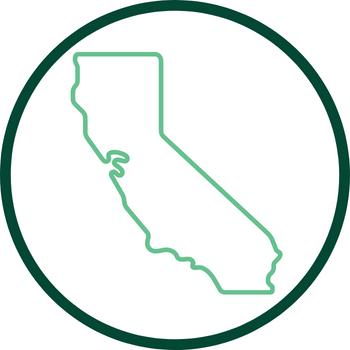

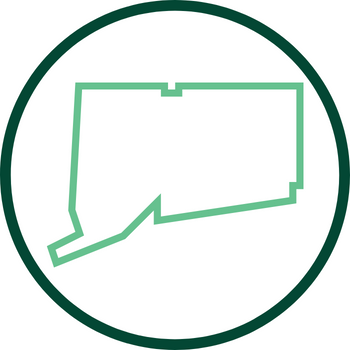
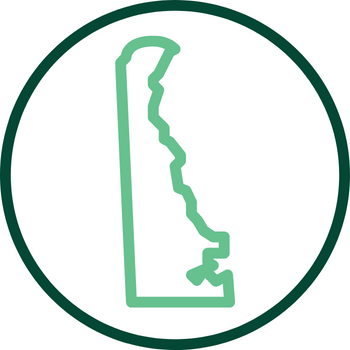 The Healthy Delaware Families Act will begin 1/1/26. Individuals who work for an employer with 10 or more employees will have access to parental leave during the first year after a child’s birth, adoption, or foster care placement. Individuals who work for an employer with 25+ employees will have access to leave to care for a family member with a serious health condition or their own serious health condition. Employees must work for their employer for one year and at least 1,250 hours in the past 12 months to be eligible. Individuals may receive up to 80% of their average weekly wage. Includes continuation of health benefits, and reinstatement to previous position, or an equivalent one, after leave. Qualified individuals will receive up to twelve weeks of leave For details, visit
The Healthy Delaware Families Act will begin 1/1/26. Individuals who work for an employer with 10 or more employees will have access to parental leave during the first year after a child’s birth, adoption, or foster care placement. Individuals who work for an employer with 25+ employees will have access to leave to care for a family member with a serious health condition or their own serious health condition. Employees must work for their employer for one year and at least 1,250 hours in the past 12 months to be eligible. Individuals may receive up to 80% of their average weekly wage. Includes continuation of health benefits, and reinstatement to previous position, or an equivalent one, after leave. Qualified individuals will receive up to twelve weeks of leave For details, visit 